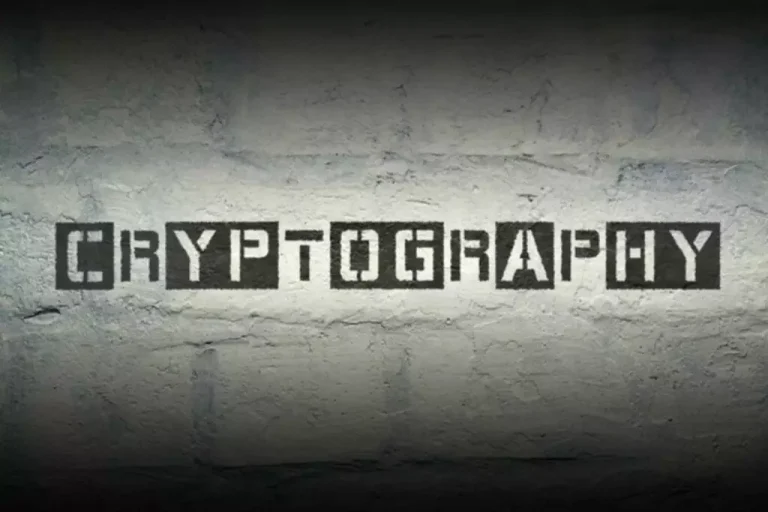Forms Of Blockchain Networks Kerala Blockchain Academy
Hybrid blockchains are appropriate for functions that require a mix of transparency and privacy. Bitcoin is primarily used for peer-to-peer transactions, while Ethereum permits public vs private blockchain the creation of smart contracts and decentralized functions (DApps). In addition to public and private blockchains, there’s a third category often identified as consortium blockchains. Private blockchains are sooner as restricted users engage within the community.
Market Information Signifies Sturdy Public Blockchain Adoption For Tokenization
Initially, only ‘public blockchains’ existed the place anyone might take part within the community. But with time, the potential of this expertise grew to become more and more obvious. Thus organizations began to explore the potential of ‘private blockchains’ for internal use. Public and personal blockchains have unique traits that make them more appropriate for specific use cases than others. Here we are going to perceive their elementary variations and provide insights into which one could match your business.
Mbs Master Of Science In Administration

So, if your identification is secured, nobody can track your transactions on the community. In the hybrid blockchain community, solely the information regarding Mos’s lactose intolerance is shared as permissioned entry. So, the remainder of the sensitive data isn’t shared with the third get together, which gives privacy to Mos. There is sensitive data or innovations between organisations as well. Consortium blockchain efficiently tackles such organisational exchanges.

Different Articles On Digital Transformation
Emeritus is committed to educating the abilities of the lengthy run by making high-quality education accessible and reasonably priced to individuals, firms, and governments around the globe. It does this by collaborating with more than 80 top-tier universities throughout the United States, Europe, Latin America, Southeast Asia, India and China. Emeritus’ quick programs, diploma programs, professional certificates, and senior executive programs help individuals study new skills and rework their lives, firms and organizations.
- They work based mostly on permissions and controls, which prohibit participation in the network.
- It permits companies to securely share information and streamline processes.
- Each type has distinctive characteristics and makes use of public, non-public, or consortium community circumstances.
- Several developments have been made to handle this problem, including the event of sharding and layer-two scaling solutions.

Furthermore, there isn’t a incentive for contributing and participating within the network actions. In Proof-of-Work consensus mechanism blockchains, the validators of transactions are referred to as miners. They use high-powered ASIC computer systems to search out the correct hash for validating a block on the community.
This decentralisation makes public blockchains more proof against assaults and censorship. They are decentralised networks the place anyone can take part and validate transactions. Public blockchains provide the very best level of transparency, since transactions are recorded and verified by individuals. Public blockchains are transparent, decentralized networks accessible to anyone around the globe. Every participant, or node, can validate transaction processes, initiate transactions, and even create good contracts.
On the opposite hand, personal blockchains have fewer members and handle only a smaller number of transactions. Proof of Work (PoW) and Proof of Stake (PoS) are commonly used consensus mechanisms in public blockchains. Let’s dive into the variations between public and private blockchains. Each block is “chained” to the previous block in a sequence, and is immutably recorded throughout a peer-to-peer network. Cryptographic trust and assurance expertise applies a novel identifier—or digital fingerprint—to every transaction. Enterprise blockchain is a private blockchain that’s designed for use inside an organization.
Immutability refers to individuals’ inability to alter the blockchain’s contents. Meanwhile, sure blocks in private blockchain networks could also be deleted by authorised entities. Public blockchain networks could experience slower transaction speeds throughout high demand, while personal blockchain networks preserve constant speed owing to their restricted participation. The sort of blockchain that will swimsuit you finest depends solely in your use case. If you’re considering of implementing blockchain technology in a non-public organisation, then choosing a private blockchain may be one of the best. Alternatively, opting for a public blockchain could additionally be the most effective if you’d like full transparency.

So, as quickly as the regional centre enters the data, it is tamperproof as a result of limitless variety of nodes keeping the same data. Managing consensus and governance across a quantity of organizations requires significant coordination and, usually, compromise. Differences in objectives and strategies among members can result in conflicts or inefficiencies. A growing variety of blockchain classes exist under the umbrella of permissioned or permissionless.
Its potential to remodel healthcare is pushed by its ability to offer a secure, decentralized, and transparent platform for managing delicate medical information and processes. Private blockchains supply enhanced privacy and control—essential in provide chain management, voting, asset ownership, and interbank transactions. They present quicker transactions and scalable community sizes to satisfy specific requirements. The system is decentralized and doesn’t have any entity which supervises or controls the network.

It will not wish to publicise that information at any price as its rivals could take advantage of it. In our instance, as soon as the data of the entire vaccinated infants is printed, it’s irreversible. Sometimes, the chances of exterior spies manipulating the data or the administrators fabricating the knowledge are high. With the info decentralisation property of public blockchain technology, the network eliminates such malicious activity. It implies that, once the vaccination knowledge is entered, it is unalterable. But there is lots of sensitive info that must be strictly regulated.
It means changes can be made more quickly, but there’s less transparency and accountability. Simply put, it’s a distributed ledger that anyone can entry and use while not having any permission. That means anybody can participate within the network, whether or not you’re an individual, a enterprise, or a authorities. A Merkle tree is also referred to as a “hash binary tree,” an information construction for storing transactions within the blockchain efficiently and securely. Merkle tree summarises all transactions in a block by creating a digital fingerprint of the entire set of transactions. A Merkle tree requires little memory, is computationally fast, and only a small amount of knowledge .
Read more about https://www.xcritical.in/ here.